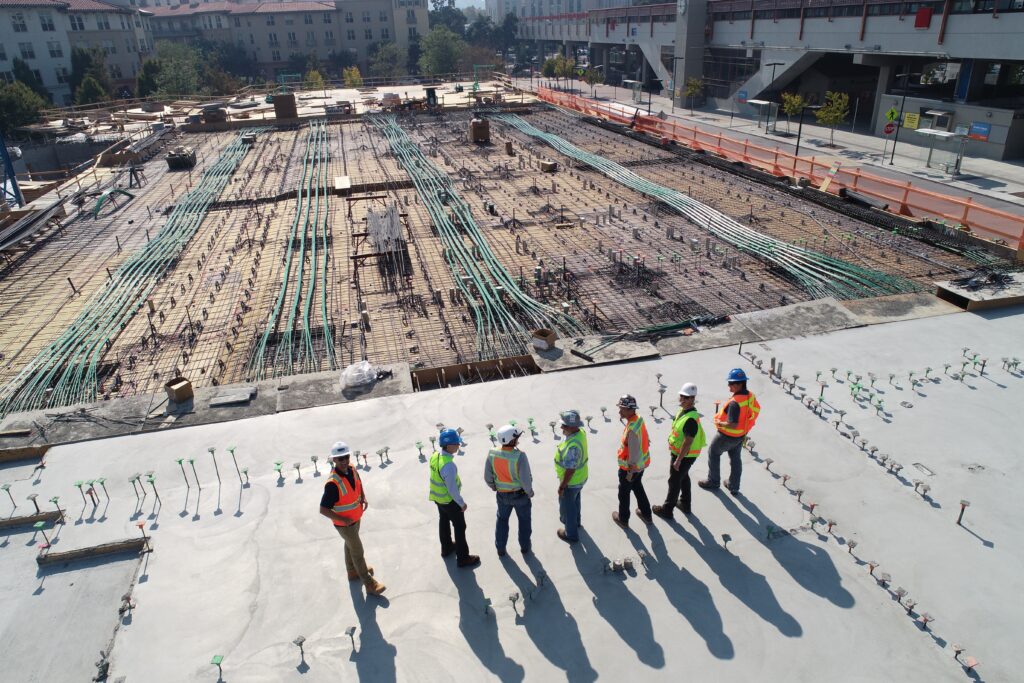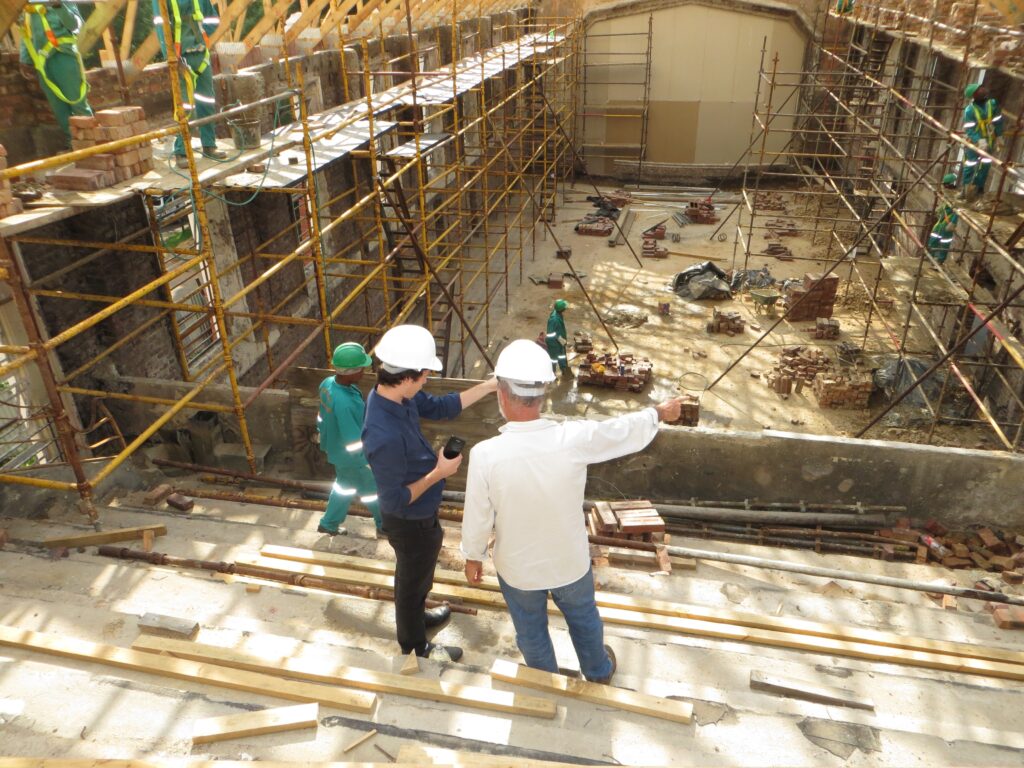Introduction
Working at height poses inherent risks that must be carefully managed to ensure the safety and well-being of individuals involved in such activities. Whether it’s construction, maintenance, or any task that involves being above ground level, a thorough risk assessment is vital to identify potential hazards and implement appropriate safety measures. In this article, we will delve into the world of working at height risk assessment, exploring its importance, key elements, and best practices.
Understanding the Importance of Working at Height Risk Assessment
Working at height in traditional equipment presents numerous hazards, including falls, slips, trips, falling objects, and structural collapses. Each year, countless accidents occur, resulting in injuries and, in some cases, fatalities. One of the common causes of fatalities and major injuries while working at height are falls from ladders and through fragile surfaces. For example, at the Food and Drink industry, “falls from height are the third highest cause of fatal injury, comprising 20% of fatal accidents” and, falling from ladders represent the 40% of them (HSE, Nov. 2021). This underlines the crucial role of risk assessments in mitigating and preventing such incidents. Risk assessment should be conducted at the “ground level” by trained personnel at the worksite. By conducting a thorough assessment, the operators and supervisors can:

1. Identify Hazards. Recognizing potential risks is the first step in ensuring safety. A comprehensive risk assessment helps to identify hazards specific to the work at hand, such as unstable surfaces, inadequate edge protection, or improper use of ladders or scaffolding.
2. Evaluate Risks. Assessing the likelihood and potential severity of identified hazards is essential for determining the level of risk. This evaluation helps determine safety measures to implement and how to allocate resources accordingly.
3. Implement Appropriate Controls. Armed with the knowledge of identified risks, the onsite personnel can introduce effective control measures to minimize or eliminate them. These may include using personal protective equipment (PPE), ensuring secure work platforms, or implementing fall arrest systems.
4. Comply with Regulations. Many jurisdictions have specific regulations and standards governing working at height. Conducting risk assessments allows to ensure compliance with legal requirements, fostering a safe working environment.
Key Elements of a Working at Height Risk Assessment
A comprehensive working at height risk assessment should include the following key elements:
1. Task Defining and Analysis.

Before starting the work, it is important to specify what kind of job has to be done specifically. Analyze the specific tasks involved in working at height. Assess factors such as duration, frequency, complexity, and the tools or equipment required. This analysis helps identify task-specific risks that need to be addressed. We recommend you answering the following questions:
- What specific tasks do I need to do to complete the job?
- Where will I be working?
- Will I need to transport machines?
- When does the work need to be finished?
- Are there times of the day I can’t work?
2. Select Equipment.
Power Towers is changing how the world works at height up to 5.1m by offering a modern and safer alternative to ladders, scaffolding or podium steps. All Power Towers’ safety platforms are fully guarded using handrail protection to keep the operator fully enclose while working. As soon as the operator elevates the safety platform, the wheels lock automatically keeping the machine in a horizontally fixed position. The operator has both feet at the same level and both hands free for working at height safely. The safety platforms allow the operator to work in a full 360-degree radius without stretching or having to balance, avoiding near misses and falls. Choose and MEWP, which best fits your needs at the worksite:
- Push-around manual elevation: Pecolift, Ecolift, Ecolift WR.
- Push-around electric elevation: Nano, Nano 35, Power Tower, Power Tower Duo
- Self-propelled: Nano SP, Nano SP Plus
3. Site Evaluation.
Begin by examining the worksite thoroughly. Identify potential hazards, such as fragile surfaces, unstable structures, or nearby power lines. Consider environmental factors like weather conditions and their impact on safety.
4. Risk Identification.
Identify and document potential hazards and associated risks. Consider both general risks, such as falls or structural failures, and task-specific risks like working near live electrical equipment or using powered access equipment.
5. Risk Evaluation.
Assess the level of risk for each identified hazard by considering the likelihood of its occurrence and the potential severity of the consequences. Use a risk matrix or scoring system to rank risks and prioritize control measures.
6. Competency Assessment.
Evaluate the competence of individuals involved in working at height. Determine if they have the necessary skills, training, and experience to perform their tasks safely. Identify any additional training or supervision requirements.
7. Control Measures.
Propose and implement control measures to mitigate identified risks. These may include engineering controls (e.g., guardrails, barriers), administrative controls (e.g., permits, safe work procedures), or the use of personal protective equipment (e.g., harnesses, helmets). The four main procedures, which must be controlled are:
- Safe work procedures: Use correct PPE, ensure understanding of fall arrest systems
- Proper training: For operators, occupants, supervisors and maintenance personnel
- Smart scheduling: Organize the work in ways that minimize exposure to hazards
- Rescue planning: May include self-rescue, assisted rescue and/or technical rescue
8. Monitoring and Review.
Regularly monitor the effectiveness of control measures and review the risk assessment periodically or when significant changes occur. Update the assessment as needed to ensure continued safety and compliance.
We hope that this article will help you to enhance safety on your worksites. To reduce the risks of operators’ injuries, because of fallings, stumbling, and slipping, make sure that you use a proper equipment for working at height.
Have a look at the Power Towers’ range of mobile elevating platforms here: Pristupne platforme · Kupite radne platforme | Power Towers.

For more information regarding the machines or prices fill in the form on Contact Us – Power Towers | Mobile elevated platforms page, or send an email to sales@powertowers.com.

